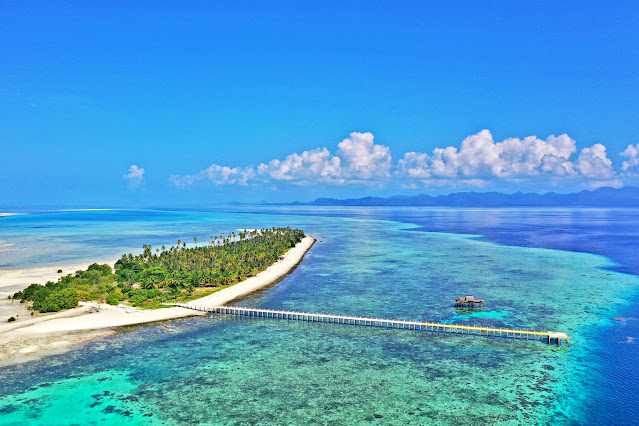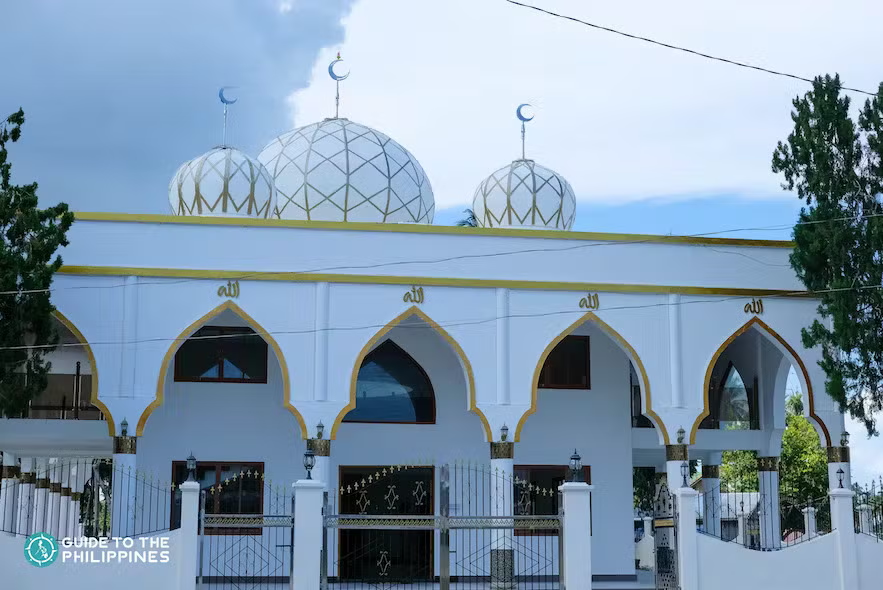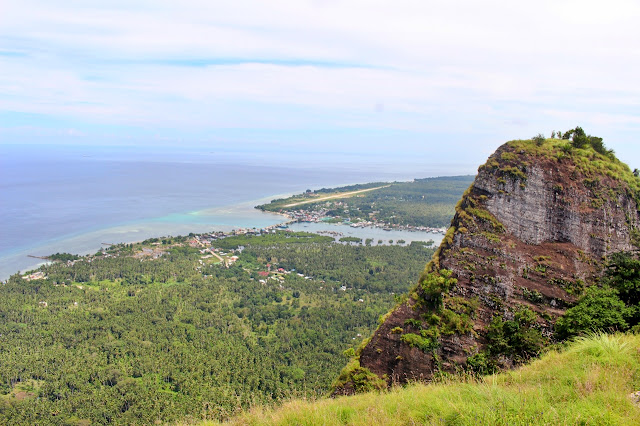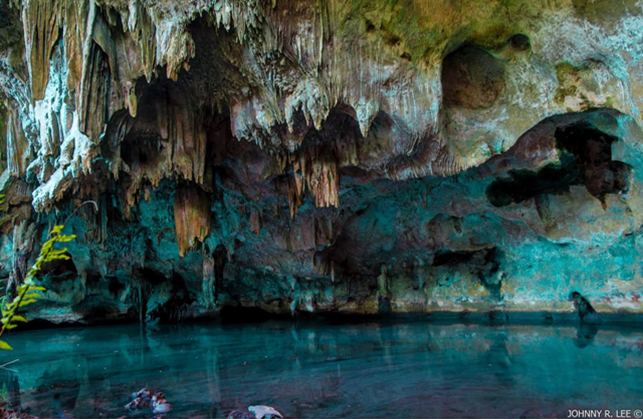If you’re the type of traveler who craves off-the-beaten-path adventures, then Tawi-Tawi should be high on your bucket list. This underrated gem in the southernmost part of the Philippines isn’t your typical tourist hotspot — and that’s exactly what makes it so special.
With its untouched islands, rich culture, and jaw-dropping natural beauty, Tawi-Tawi Philippines is a destination that surprises and captivates. In this travel guide, we’ll break down everything you need to know to explore its hidden wonders, from how to get there to what not to miss.
What’s Inside
- Where Exactly Is Tawi-Tawi?
- How to Get to Tawi-Tawi
- Why Visit Tawi-Tawi? Here’s What Makes It So Special
- Top Attractions in Tawi-Tawi You Shouldn’t Miss
- Local Eats: What to Try in Tawi-Tawi
- Travel Tips Before You Go to Tawi-Tawi
- FAQs About Traveling to Tawi-Tawi
Where Exactly Is Tawi-Tawi?
Tawi-Tawi is an island in the Philippines, a part of the Bangsamoro Autonomous Region in Muslim Mindanao (BARMM), located at the edge of the Sulu Archipelago. It’s composed of over 100 islands that consists of 10 main islands and hundreds of islets, many of which remain unexplored by tourists.
Despite being remote, Tawi-Tawi is one of the safest and most peaceful provinces in Mindanao today. And while its distance may discourage some, it’s exactly what makes it one of the most underrated destinations in the Philippines.
How to Get to Tawi-Tawi
Getting to Tawi-Tawi isn’t as complicated as you’d think — it just takes a little planning.
By Air:
- Fly to Zamboanga City, then take a connecting flight to Sanga-Sanga Airport in Bongao, the capital of Tawi-Tawi.
- Philippine Airlines and Cebu Pacific occasionally offer flights, so check schedules in advance.
By Sea:
- Ferries from Zamboanga to Bongao are available, but they take around 16–18 hours, depending on sea conditions. If you’re not in a rush and love slow travel, this is an adventure on its own.
Pro Tip: Visit during the Kamahardikaan Festival in September for a taste of local culture, parades, and traditional dance performances.
Why Visit Tawi-Tawi? Here’s What Makes It So Special
1. Unspoiled White Sand Beaches

If you’re looking for Boracay-level beauty without the crowds, Tawi-Tawi delivers.
- Panampangan Island is often called the longest sandbar in the Philippines, stretching into crystal-clear turquoise waters—and no doubt, one of the most beautiful sandbars in the Philippines.
- Sangay Siapo Island offers powdery white sand and calm waves — perfect for a quiet beach day.
- Simunul Island is not only gorgeous but historically significant (more on that later!).
These beaches are raw, rustic, and real — no beach resorts with loud music or beach bars, just you and nature.
2. Incredible Snorkeling and Diving Spots
The waters around Tawi-Tawi are teeming with marine life. Coral gardens, colorful fish, and even occasional sightings of sea turtles await underwater explorers.
- Ask locals about Basibuli Reef and Panguan Island for lesser-known snorkeling havens.
- Diving isn’t super commercialized here yet, but that’s part of the charm — bring your gear or coordinate with local guides.
3. A Rich, Unique Culture
Tawi-Tawi is home to the Sama-Bajau people, also known as sea nomads. Their deep connection to the ocean is reflected in everything they do — from the way they fish to how they build their stilt houses.
Visiting their communities offers an authentic cultural experience you won’t find elsewhere in the country. Be respectful, ask questions, and you’ll walk away with stories you’ll never forget.
Top Attractions in Tawi-Tawi You Shouldn’t Miss
1. Sheikh Karim ul-Makhdum Mosque

Located in Simunul Island, this is the oldest mosque in the Philippines, built in 1380. It’s a National Historical Landmark and a key part of Islamic heritage in Southeast Asia.
2. Bud Bongao

Known as the most popular mountain in Tawi-Tawi, Bud Bongao is a sacred site you shouldn’t miss. Standing 340 meters above sea level, it rewards climbers with panoramic views of Bongao and its surrounding islands. Climbing Bud Bongao is a spiritual experience for locals and tourists alike. It’s peaceful, scenic, and deeply rooted in local beliefs.
3. Boloboc Cave and Eco-Tourism Park

This is one of the more accessible adventures in Bongao. With its dramatic rock formations and caverns, Boloboc is perfect for a quick day trip. A short trek rewards you with a stunning overlook of the sea and surrounding islands.
Local Eats: What to Try in Tawi-Tawi
A visit to Tawi-Tawi Philippines wouldn’t be complete without tasting the local food. Their dishes reflect a mix of Malay, Tausug, and Sama influences.
- Daral – A Tausug delicacy made of a thin rice flour wrap filled with sweet coconut, similar to a native crepe roll.
- Fried Kamun – A rare and flavorful delicacy made from sea mantis, a prized crustacean that’s hard to catch and known for its rich, seafood taste.
- Wadjit – A sticky rice delicacy wrapped in banana leaves and infused with coconut milk and sugar. It’s sweet, chewy, and often enjoyed during special occasions or as a merienda treat. Basically, Tawi-Tawi’s version of Biko.
- Martabak – A savory pan-fried crepe stuffed with eggs, leeks, and minced meat, then folded and sliced into squares.
Street food isn’t as widespread here as in Manila or Cebu, but small eateries and local homes offer authentic culinary experiences. Just ask around!
Travel Tips Before You Go to Tawi-Tawi
1. Bring Cash
ATMs are rare, and credit cards aren’t commonly accepted, especially on the smaller islands.
2. Dress Modestly
Tawi-Tawi has a strong Islamic culture. Wearing modest clothing is appreciated and respectful, especially when visiting religious sites or local communities.
3. Respect Local Customs
It’s always a good idea to learn a few words in Sama or Tausug. Even just saying “Salam” (peace/hello) can go a long way in showing respect.
4. Work with Local Guides
Tourism is still growing in Tawi-Tawi. Hiring a local guide not only ensures safety but also enriches your experience — they’ll show you spots that aren’t even on Google Maps.
FAQs About Traveling to Tawi-Tawi
Is Tawi-Tawi safe for solo travelers?
Yes, Tawi-Tawi is generally safe, even for solo travelers. Locals are known to be very hospitable and helpful. However, like with any remote destination, it’s best to coordinate with local guides, stay updated on travel advisories, and inform someone about your itinerary.
Do I need a special permit to visit Tawi-Tawi?
No special permit is required for Filipino citizens. For foreign tourists, just make sure your travel documents are in order and keep a copy of your passport and ID handy. It’s also recommended to check with local tourism offices upon arrival in Bongao for any updated travel guidelines.
What’s the best time to visit Tawi-Tawi?
Tawi-Tawi is a great destination year-round, as it’s outside the typhoon belt. You might get occasional rain, but it usually doesn’t last long.
Are there hotels or accommodations in Tawi-Tawi?
Yes! In Bongao, you’ll find several small hotels, inns, and guesthouses. Don’t expect five-star amenities, but most offer clean and comfortable rooms. For a more local experience, you can also try homestays.
Is it easy to find food and supplies?
Basic supplies and food are available in Bongao, the capital. Small eateries offer local dishes, and there are markets where you can stock up on essentials. If you’re heading to smaller islands, it’s best to bring what you need in advance.
Can I get a mobile signal or internet connection in Tawi-Tawi?
Major telecom networks like Globe and Smart do have coverage in Bongao and some surrounding areas. However, expect limited to no signal in remote islands. Consider it a digital detox opportunity!
Is Tawi-Tawi family-friendly?
Absolutely. Families with older kids or teens who love nature, culture, and adventure will enjoy the experience. Just note that facilities like baby gear or strollers might not be widely available.
Is Tawi-Tawi Safe for Tourists?
Absolutely — but with some caveats. While it’s a safe place, always check current travel advisories. Stick to recommended tourist areas, travel in groups when possible, and keep in touch with your embassy or consulate if you’re a foreign traveler.
Locals are known for their warmth and hospitality. Many visitors find themselves overwhelmed (in a good way!) by how kind and helpful the people are.
Tawi-Tawi isn’t for the tourist who wants Instagrammable cafés and luxury resorts. It’s for the traveler who craves authenticity, nature, and stories you’ll tell for years.
Whether you’re hiking up Bud Bongao, chilling on Panampangan’s sandbar, or sharing a meal with locals, you’ll leave with a new appreciation for just how diverse and beautiful the Philippines truly is.
So if you’re looking for underrated travel spots in the Philippines, don’t sleep on Tawi-Tawi. It might just be your favorite trip yet.

